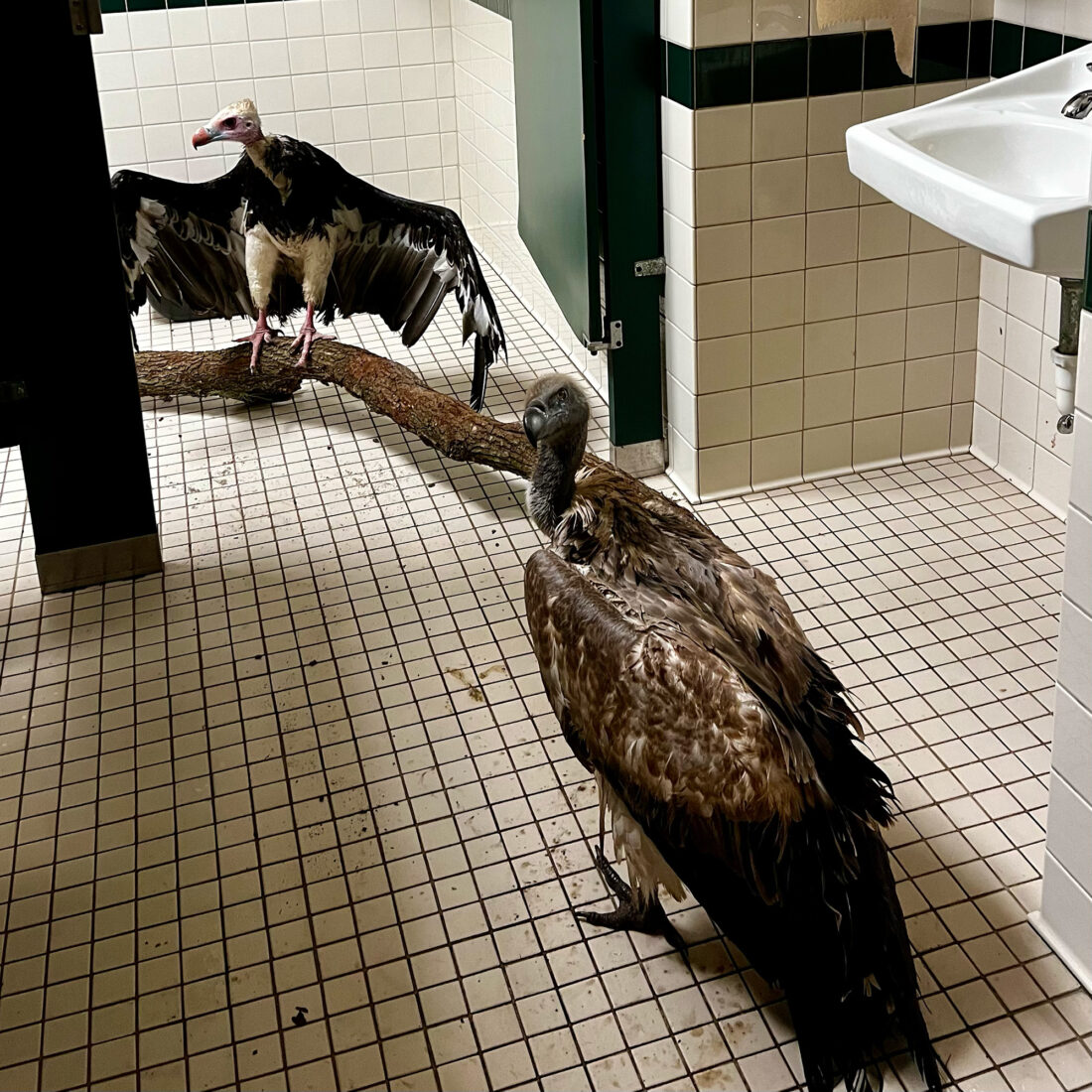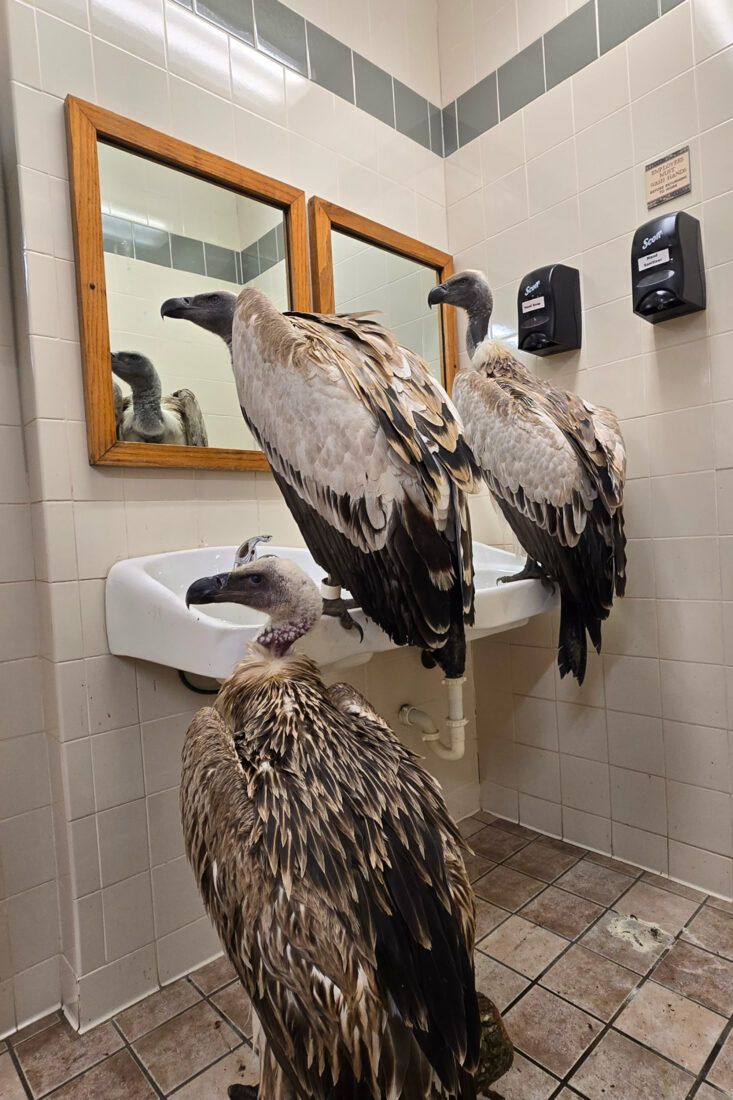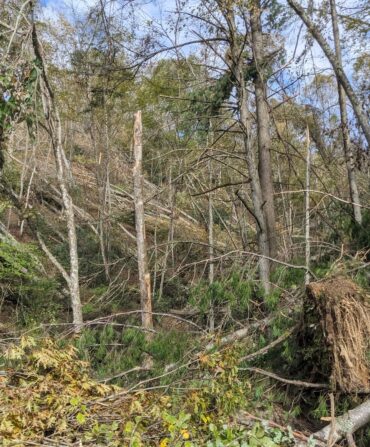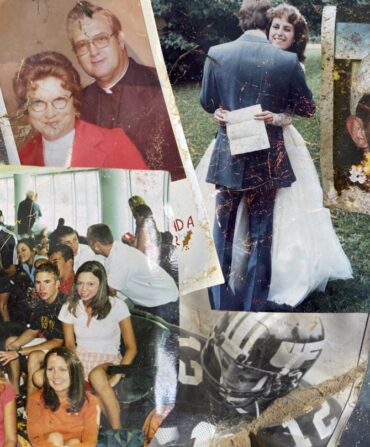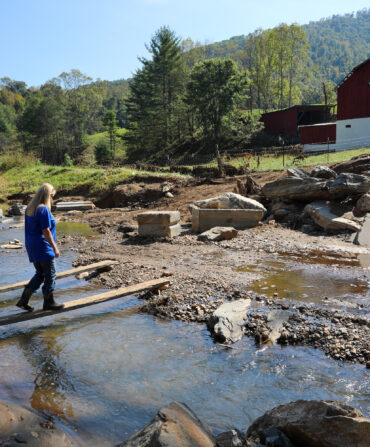When a major storm approaches, Floridians look for somewhere safe to shelter, like a sturdy, windowless room shielded from intense winds. A bathroom usually fits the bill. And that was the case at St. Augustine’s Alligator Farm Zoological Park when staff had to find somewhere to put a group of critically endangered vultures.
“There’s no way to just pack all the animals up, even with a full-size semi,” says John Brueggen, director of the zoo. “It’d be harder on them, honestly, to get packed up that way and be on the road than it would be to be locked in a bathroom for a day.”
The Alligator Farm, which manages roughly seven hundred animals, is one of around two dozen accredited conservation-focused zoos across Florida, where the warm climate makes it ideal to raise endangered species—often hailing from tropical regions—in spacious outdoor pens.
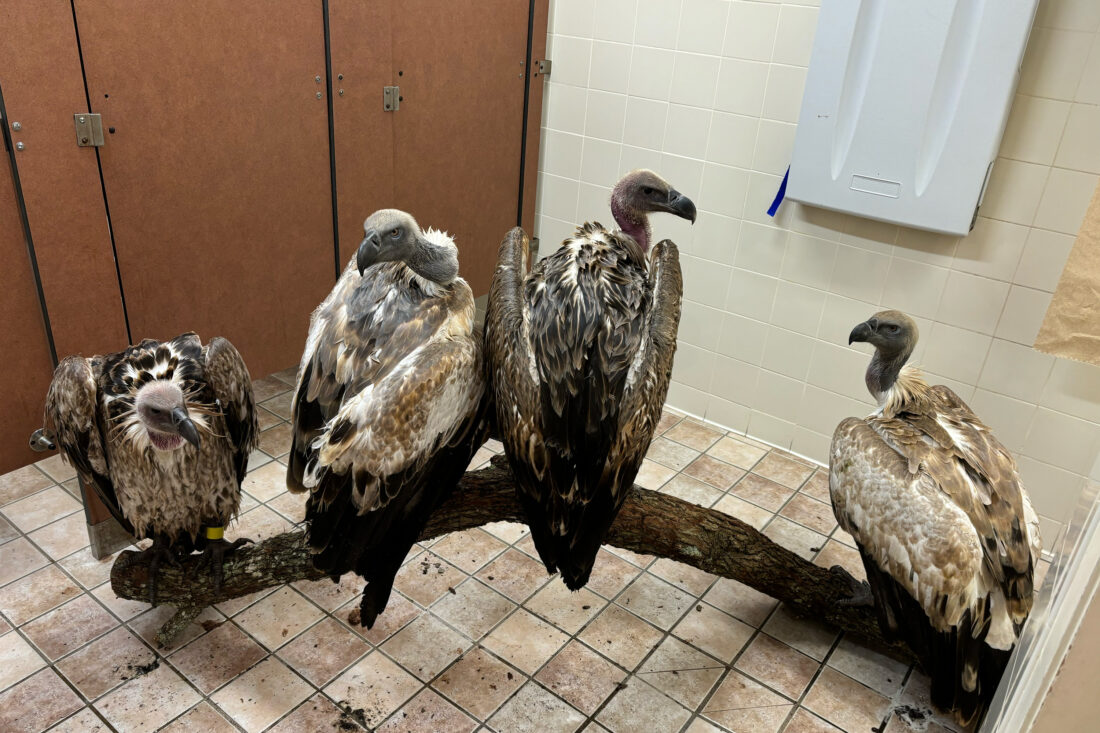
As a storm nears and the pressure drops, the team gets to work. Smaller animals go in crates stashed inside the sturdy concrete Komodo dragon building. Meanwhile, the few hundred crocodilians (the zoo houses about twenty-four species of croc and alligator cousins) at the property already know what to do. “When they feel the low pressure of a storm like that, they just kind of sink to the bottom,” Brueggen says. “I think you could probably take all four walls of their exhibit away and they would still stay there. They’re not up roaming around in a storm.”
But long-legged birds such as storks and vultures need a bit more room than some of the other residents. The zoo’s tiled bathrooms make cleanup easy, and roomy stalls give the birds plenty of space to stretch their legs and talons. So, as Helene approached, and again with Milton, the birds got comfy on counters, perched on porcelain sinks or toilet bowls, and waited for the winds to die down.
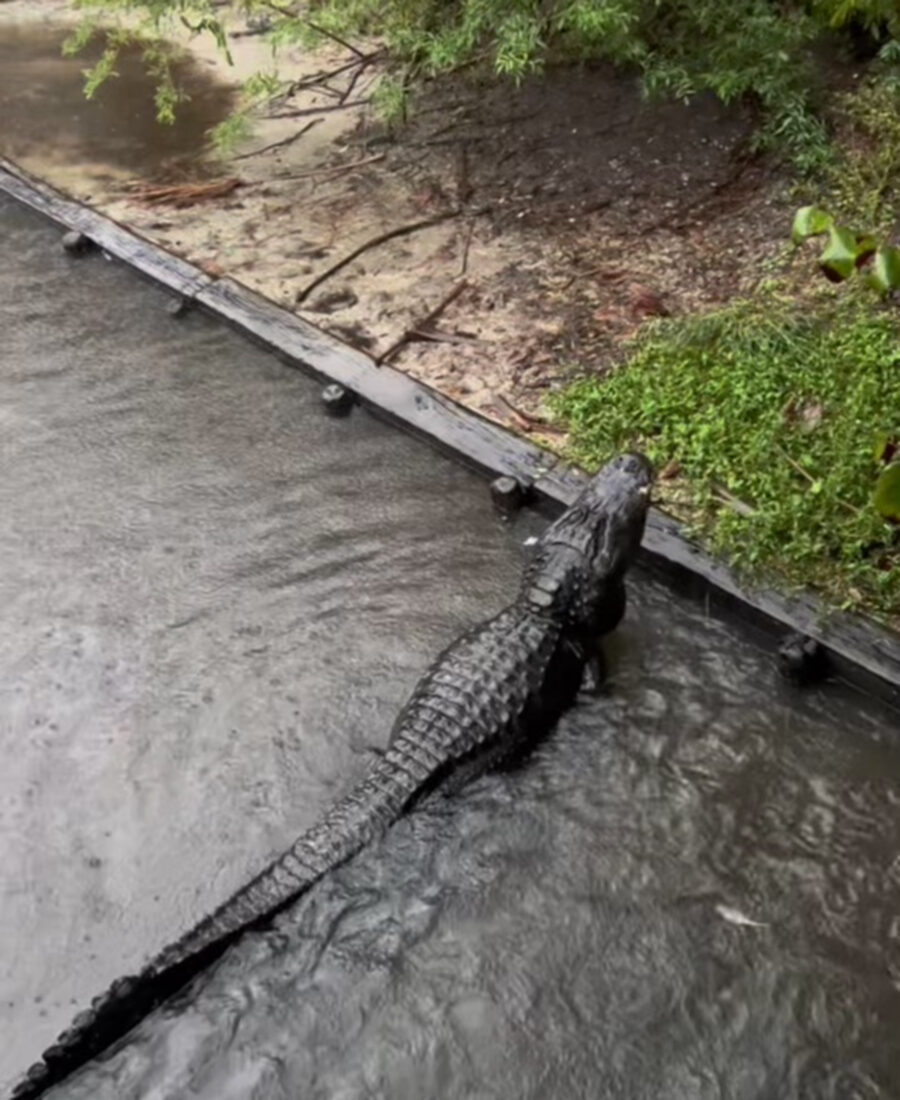
Over the years, the team at the Alligator Farm, which has been around since 1893, has gotten pretty good at swiftly preparing for major storms. “These storms are not new,” Brueggen says, “But I’d also say we learn something with every storm.”
One year, they realized that the birds in the bathroom had been subjected to a soundtrack of educational frog noise descriptions all night. This year, it was a messier lesson. “We should have realized that the paper towel dispensers are now automatic,” Brueggen says. “So every time one of the birds went by, it was dispensing some paper towels. They had a big paper towel nest.” It was a bit chaotic, Brueggen admits, but also enriching in a way. “It gave something for them to pick at and chew at rather than fight with each other,” he says.
The team has had to get creative in other ways too. For larger storms that require evacuation, “It’s hard to leave monkeys their food and expect them not to just gorge it all at once,” Brueggen explains. “So we made puzzle boxes for them and they have to uncover food, and it’s enriching, but also it’s a way of slowing down how much food they’re intaking in the next three days.”
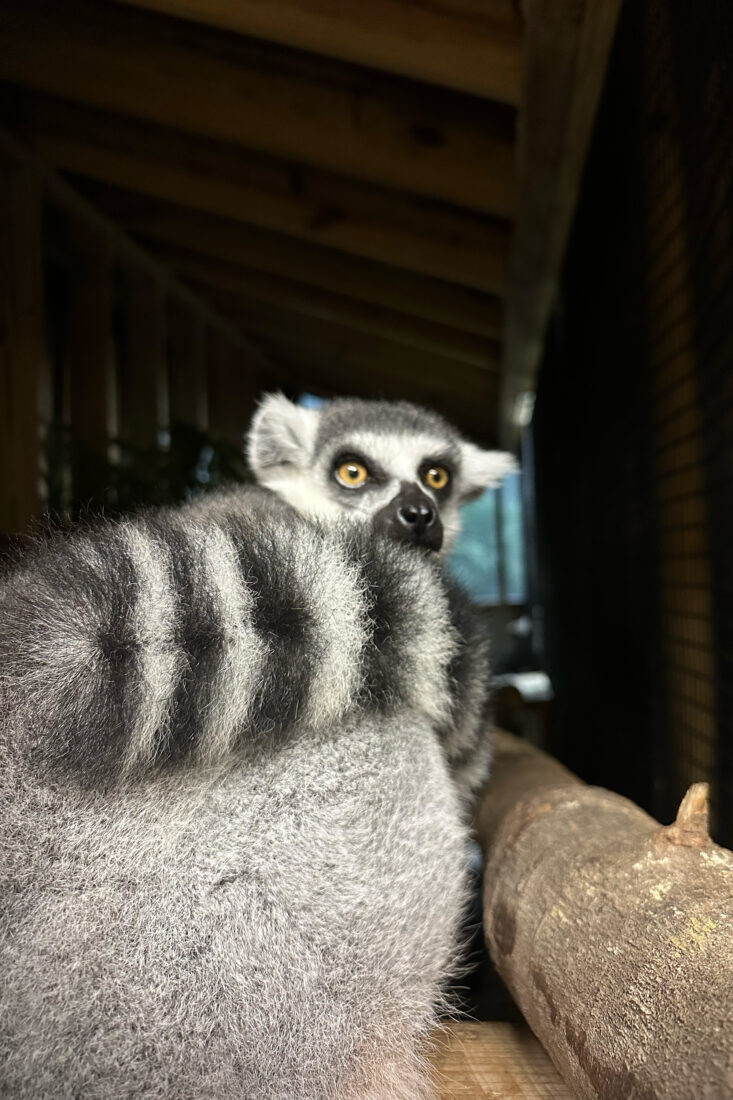
Although Brueggen will always strive for improvements to the team’s hurricane prep, their current measures are working well. Even in intense eighty-mile-per-hour winds like Hurricane Matthew brought to the area in 2016, the zoo has never lost an animal in a storm. Helene and Milton were no exceptions.
For anyone looking to visit the Alligator Farm soon, the vultures, with their newfound love for paper towels, are now safely back in their habitat. The bathrooms have returned to normal, too, thanks to one diligent employee. “I tell you what, vultures don’t smell good,” Brueggen says. “He disinfected that bathroom from top to bottom, and not only is it clean, but you would never know from the smell that there was ever anything odd going on in there.”
